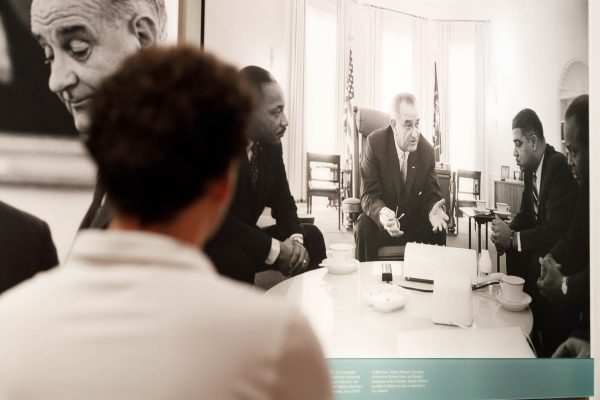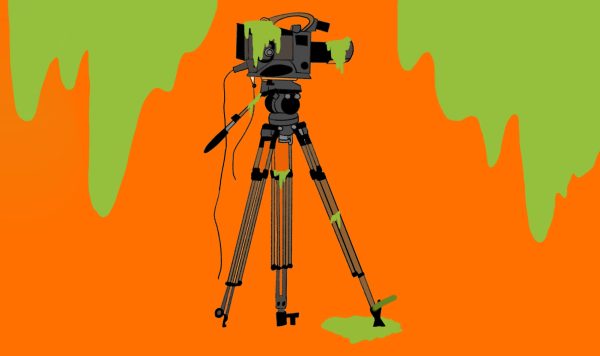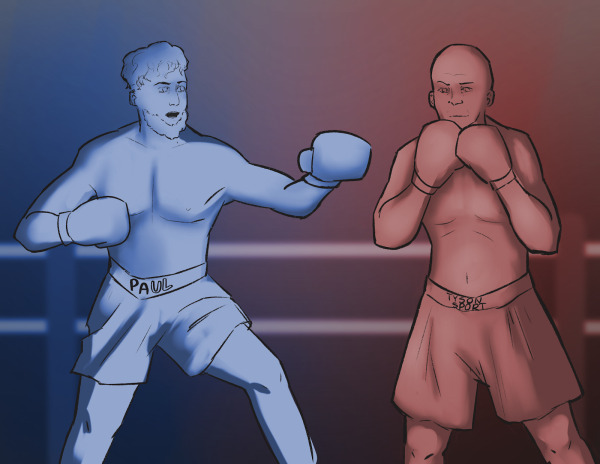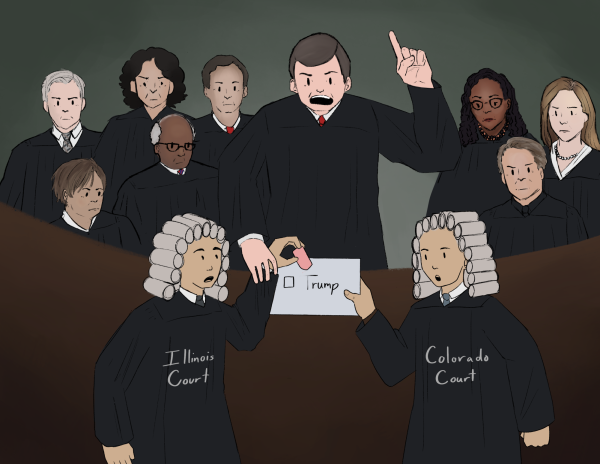Representation promises more interesting stories in film and television
John Krasinski’s recent horror film, “A Quiet Place,” has made more than $70 million in its opening weekend, and with a current 97 percent on Rotten Tomatoes, it’s pretty safe to consider this film to be a success. Beyond its box office and critical performance,however, one would do well to note the cast’s inclusion of Millicent Simmonds, a Utah-based deaf actress who stars in the film alongside Krasinski and Emily Blunt. Simmonds, who also played a role in teaching the cast American Sign Language, the official language of the film, made a statement about how she hoped her role would help inspire other deaf people to follow their dreams.
It’s touching, certainly, but it also offers a really interesting opportunity to look at diversity in media from a narrative perspective. Representation with a purpose could change modern media as we know it, and not just by validating marginalized groups: representation has the potential to improve the stories we tell.
It is worth noting that all representation has some sort of purpose, regardless of whether or not it is intentional or not, but the purpose I mean is the kind that actively affects the narrative of the piece. There are good instances of this, of course. Colorblind casting, for example, allows for racial minorities to be represented in otherwise white-assumed characters, such as Noma Dumezweni’s casting as Hermione Granger in “Harry Potter and the Cursed Child.”
However, the majority of this ends up having really negative undertones about marginalized groups: Disney films have scores of queer-coded villains, “Wonder Woman” has a central villian with a disability, the remake of “Heathers” paints everyone who isn’t white, thin, cisgender or straight as being someone who has to be murdered, etc. These aren’t done by mistake, as it reflects the biases of the creators, even if they don’t realize it.
Yet, it doesn’t impact the narrative significantly, which is what purposeful representation should include, ideally in a positive way. “A Quiet Place” offers this with Simmonds’s character, Regan, who’s deafness becomes essential to her family’s survival. Her being deaf is not just so that Kasinski could stamp his diversity card and go on his merry way, but also because he saw the value in telling the story of a disabled girl. The quality of the film reflects this, too: it has been endlessly lauded as being inventive, original and warm while also being blood-chilling and horrifying.
“Black Panther” did this to the superhero genre, offering a fresh and interesting take on a film narrative that has otherwise been beaten to death. Same thing with “Get Out,” which used the issues of race to create a complex and nuanced horror film with real-life implications. Even “Love, Simon” has a play here: it’s a story about a gay boy, but rather than being the hetero-centric tragedy porn that so many LGBT+ films are, it’s a corny romantic comedy that considers the marginalization of the character when telling the story.
In addition, it’s not like filmmakers have to choose between a successful film and a diverse one: all of these films have done exceedingly well critically and financially. It’s almost like people want diverse media. Weird, huh? The long and short of it is, let’s make an effort to produce more diverse media, if not for marginalized people, then at least for monetary gain.











